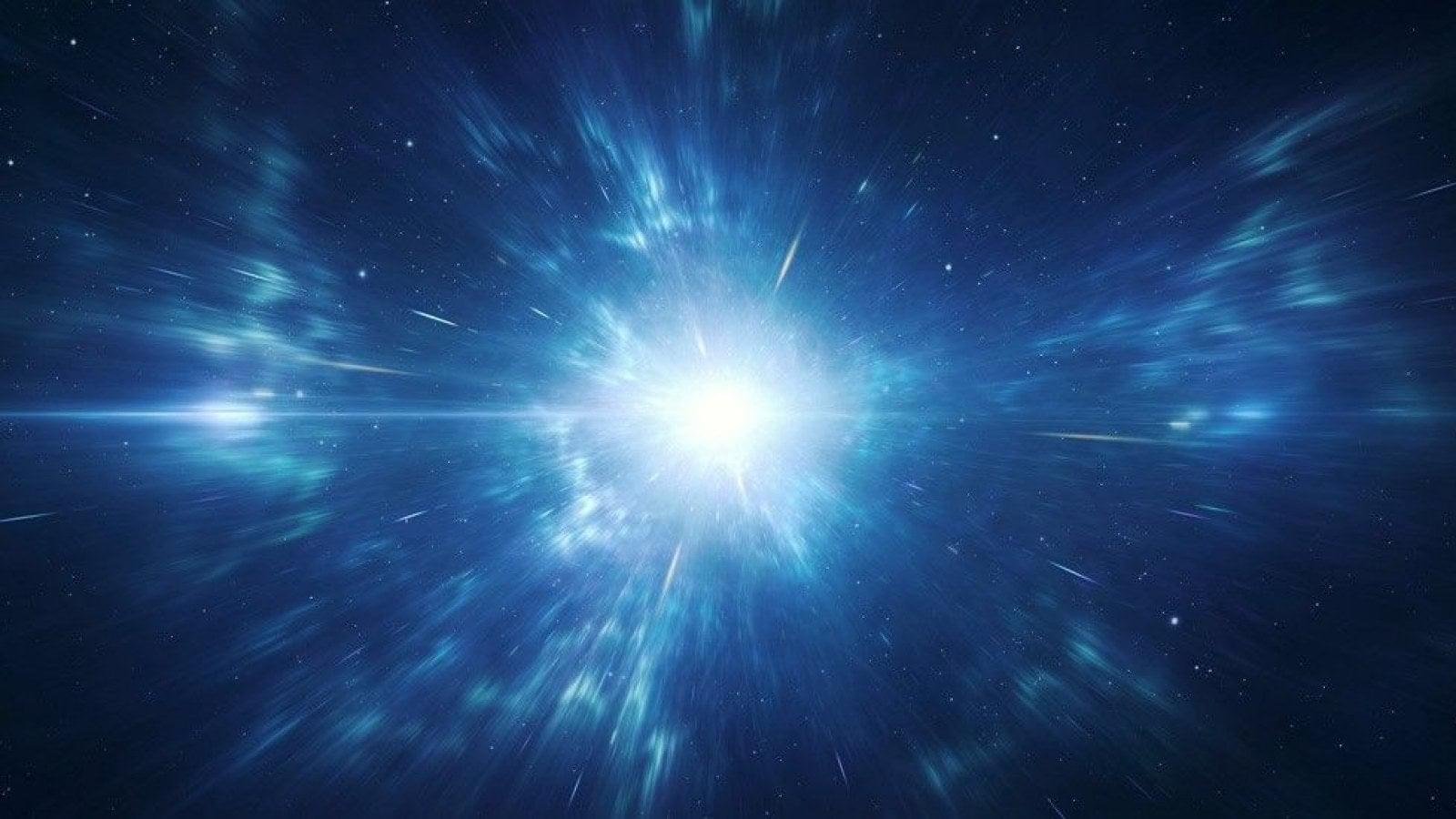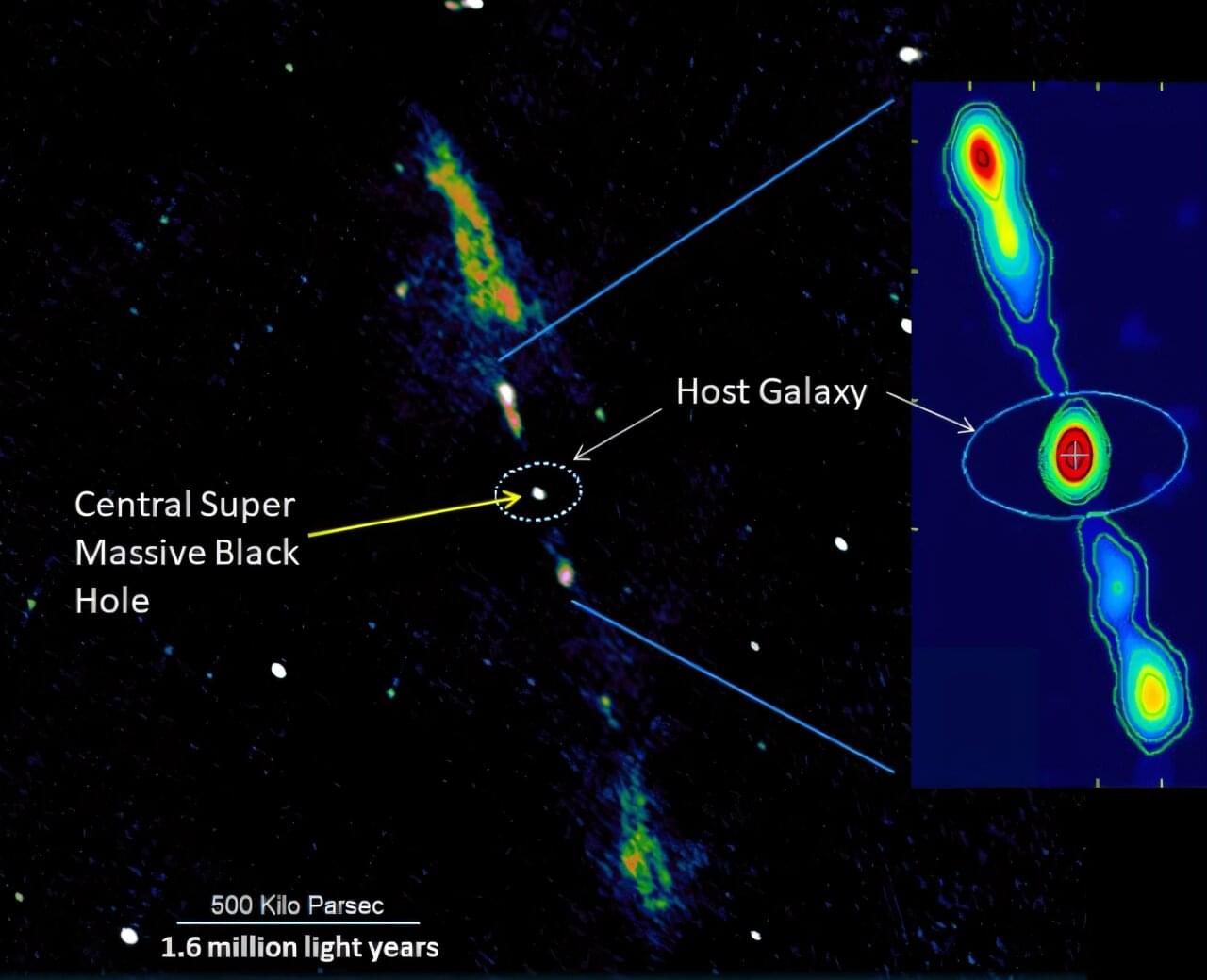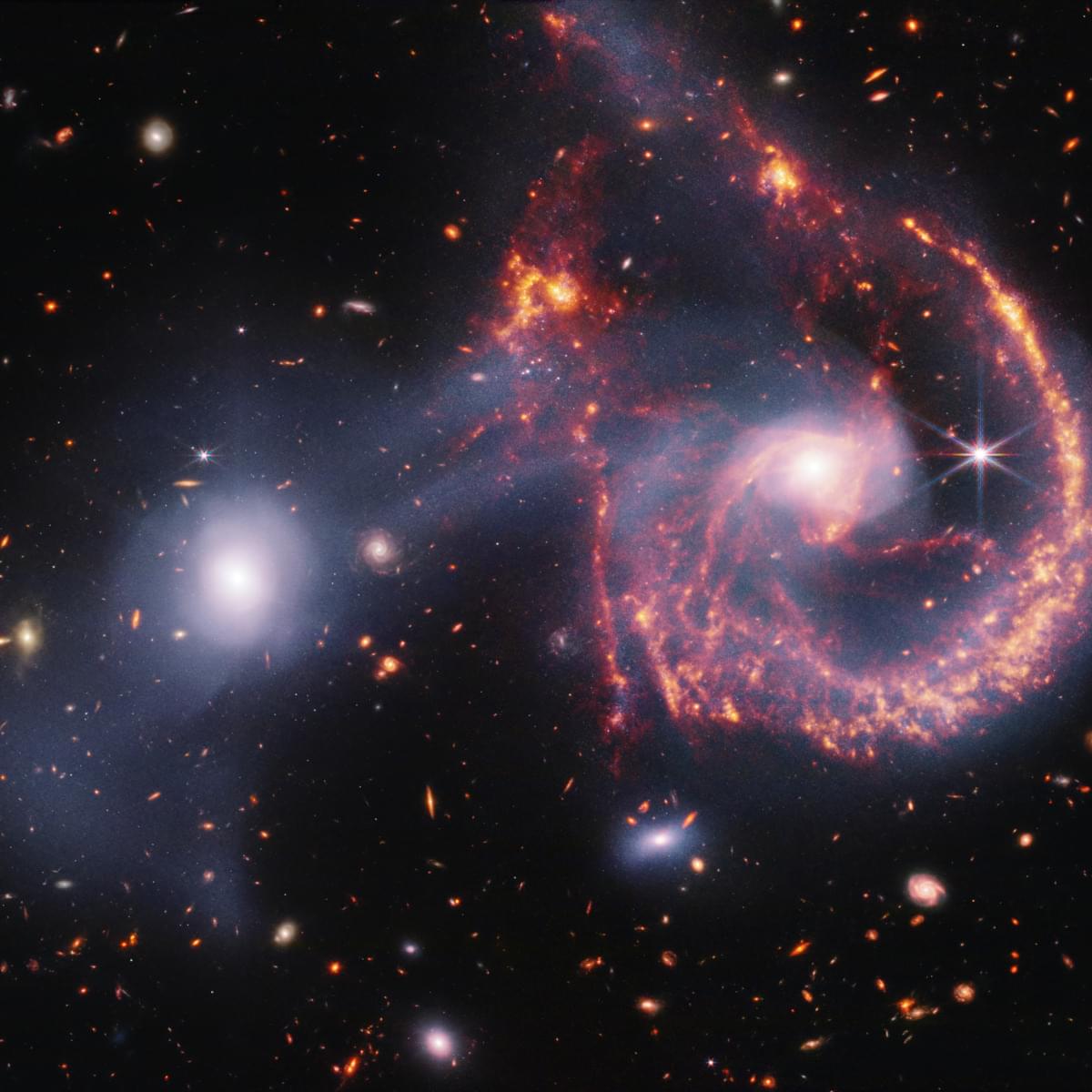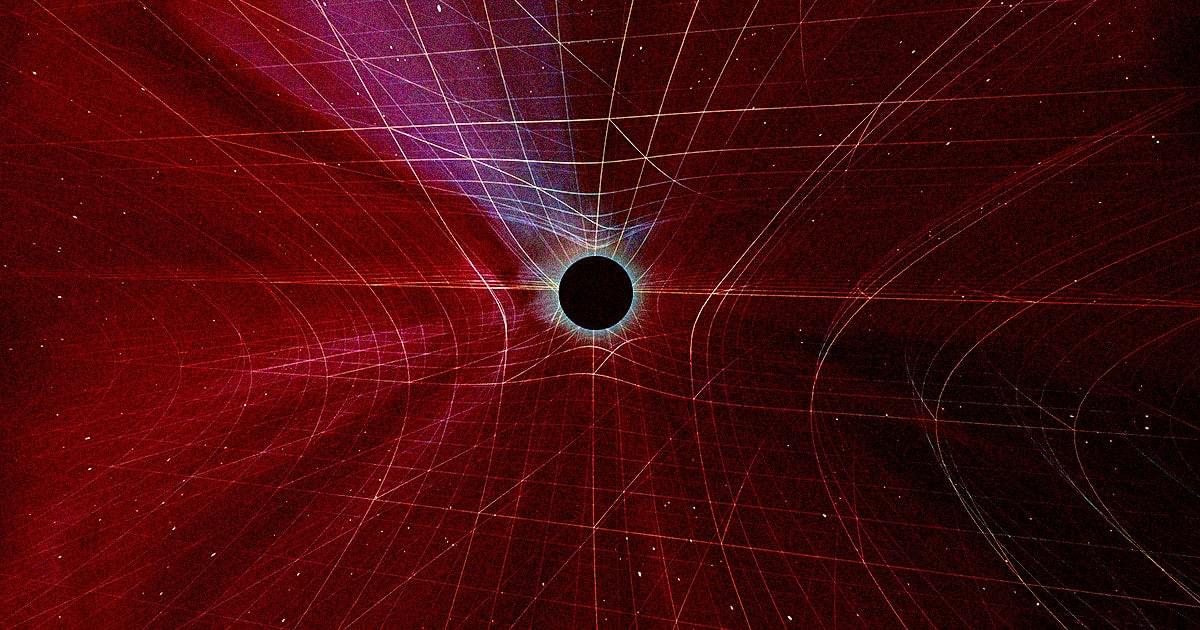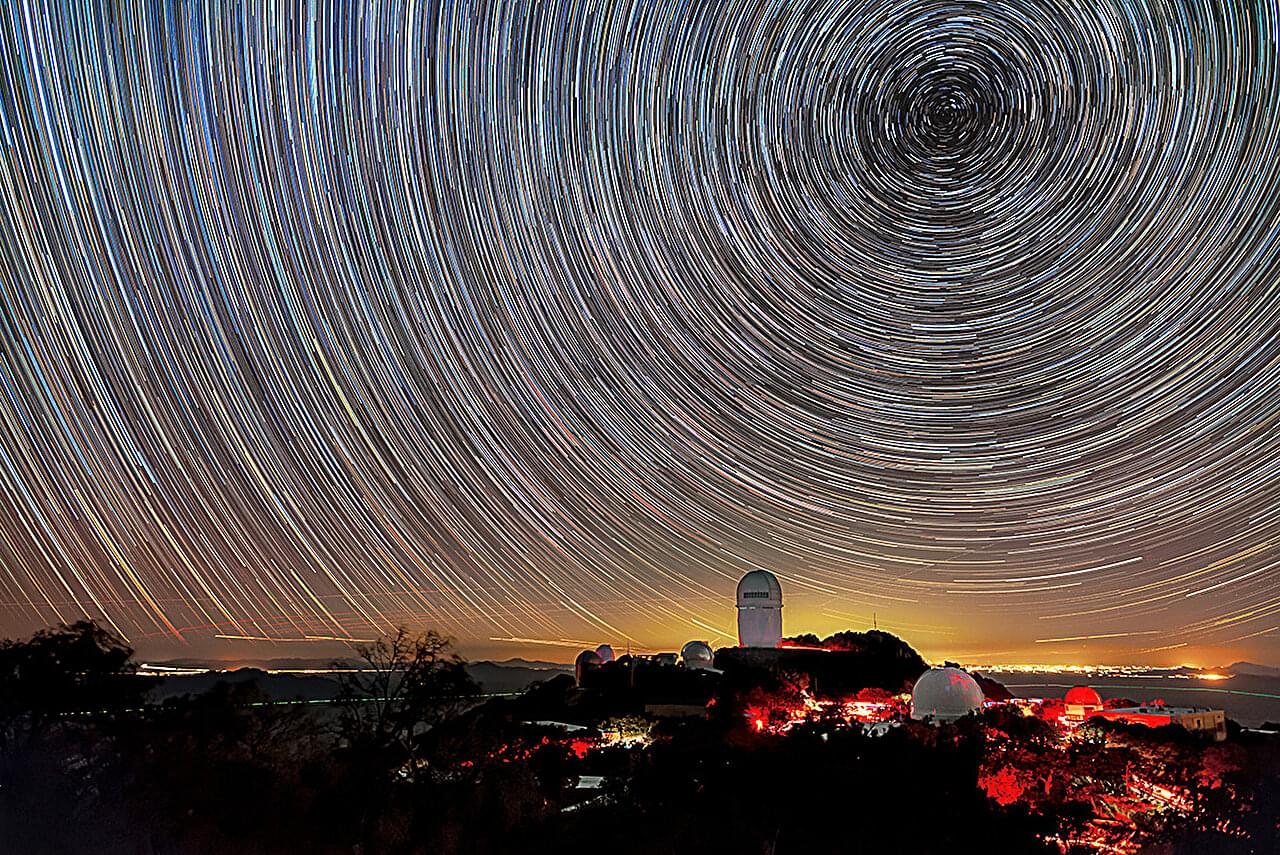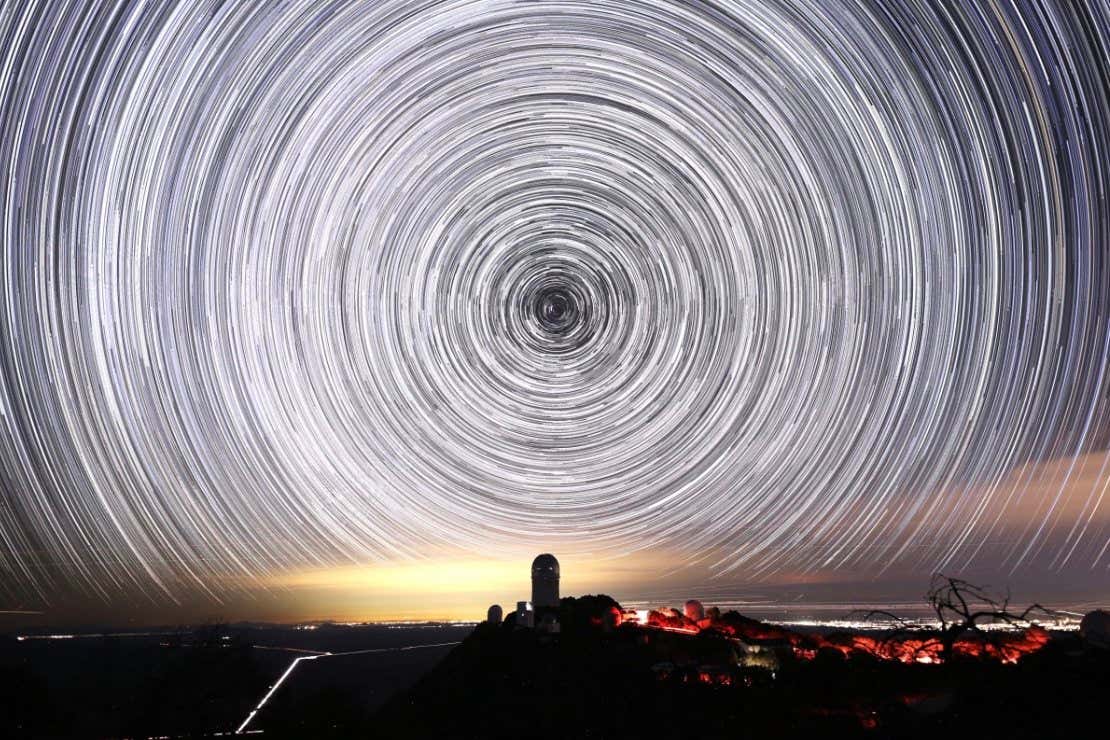In the 1930s, researchers first noticed oddities in how galaxies moved, suggesting something invisible exerted gravitational pull. Decades later, studies of the cosmic microwave background —the lingering radiation from the universe’s birth—confirmed dark matter’s importance in shaping cosmic evolution.
A pivotal study by the Planck Collaboration in 2018 revealed that dark matter makes up roughly 27% of the universe’s total energy. By comparison, ordinary matter—the stuff of planets, stars, and us—accounts for only 5%.
Scientists have spent decades trying to understand what dark matter might be. Supersymmetry, a popular theory in particle physics, proposes a “partner” particle for every known particle, potentially offering clues about dark matter’s identity.
